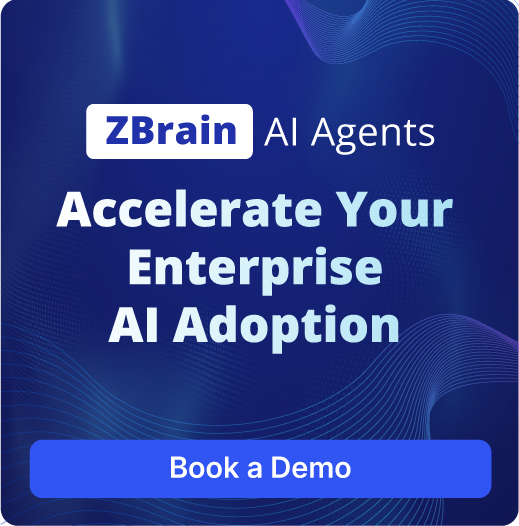
Security Questionnaire Automation Agent
Automates security questionnaire answers using LLMs and a structured knowledge base for faster, consistent, and reliable responses.

Access Log Analysis Agent
Automatically analyzes access logs for unusual activity, identifying potential security threats such as unauthorized access attempts or suspicious login patterns.

Threat Intelligence Aggregation Agent
Aggregates threat intelligence data from multiple sources, providing IT security teams with actionable insights to mitigate emerging cyber threats.

Access Privilege Review Agent
Automates the review and validation of user access privileges across systems, ensuring that access permissions are compliant with security policies.

Incident Response Agent
Automates initial security incident responses with predefined playbooks for swift containment, eradication, and recovery.

Compliance Monitoring Agent
Monitor compliance 24/7 with alerts for policy deviations, ensuring alignment with security standards.

Security Questionnaire Automation Agent
Automates security questionnaire answers using LLMs and a structured knowledge base for faster, consistent, and reliable responses.

Access Log Analysis Agent
Automatically analyzes access logs for unusual activity, identifying potential security threats such as unauthorized access attempts or suspicious login patterns.

Threat Intelligence Aggregation Agent
Aggregates threat intelligence data from multiple sources, providing IT security teams with actionable insights to mitigate emerging cyber threats.

Access Privilege Review Agent
Automates the review and validation of user access privileges across systems, ensuring that access permissions are compliant with security policies.

Incident Response Agent
Automates initial security incident responses with predefined playbooks for swift containment, eradication, and recovery.

Compliance Monitoring Agent
Monitor compliance 24/7 with alerts for policy deviations, ensuring alignment with security standards.
Strengthen IT Security with ZBrain AI Agents
ZBrain AI Agents for IT Security transform the way organizations approach cyber defense by enhancing operational efficiency and fortifying IT security systems. These intelligent agents seamlessly integrate into essential security processes such as Information Security Management, Threat Intelligence Gathering, Access Control Management, and Access Log Monitoring. With advanced AI algorithms and real-time data analysis, they help security teams proactively identify vulnerabilities, manage emerging threats, and ensure robust access control, enabling organizations to maintain a secure digital environment. By automating routine tasks, ZBrain AI Agents free IT professionals to focus on strategic cybersecurity initiatives. The versatility of ZBrain AI Agents for IT Security allows them to handle a wide range of cybersecurity activities, from detecting security threats to managing access controls and monitoring logs for anomalies. Their integration within IT systems enhances security by providing actionable insights through Threat Intelligence Gathering, while automating access and log management tasks. This enables organizations to respond quickly and accurately to potential security incidents, ensuring maximum operational resilience. With ZBrain AI Agents, businesses can strengthen their IT security infrastructure and safeguard against the evolving complexities of modern cyber threats.

